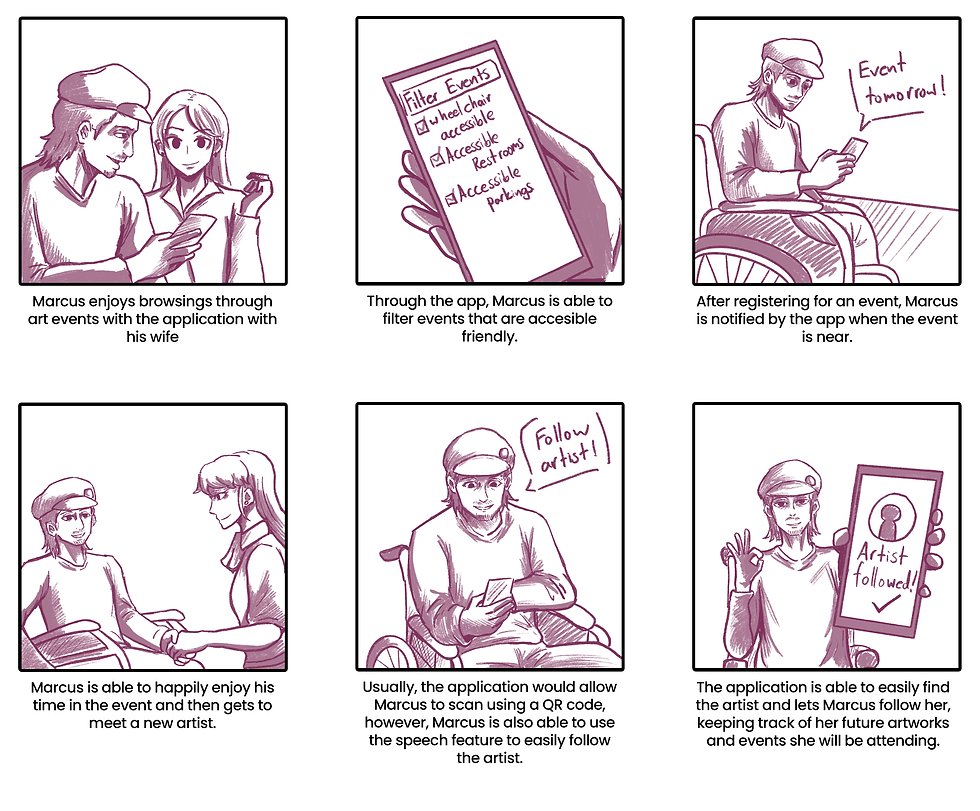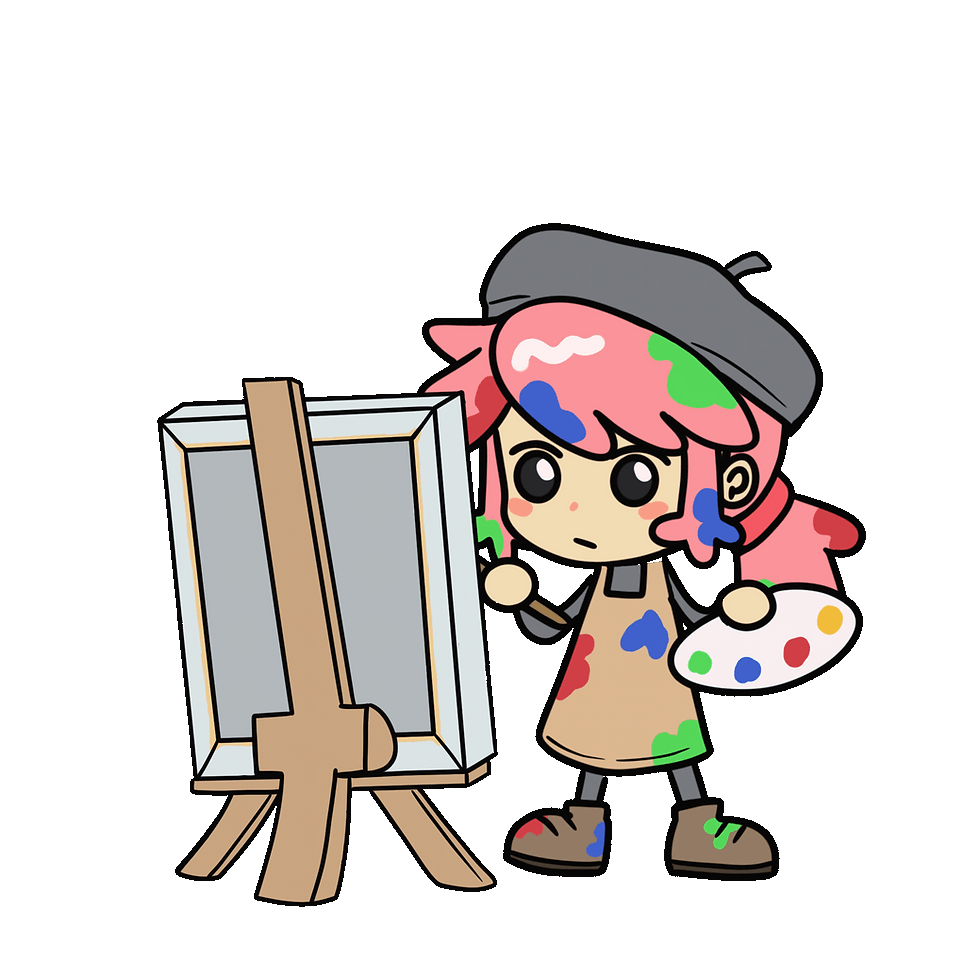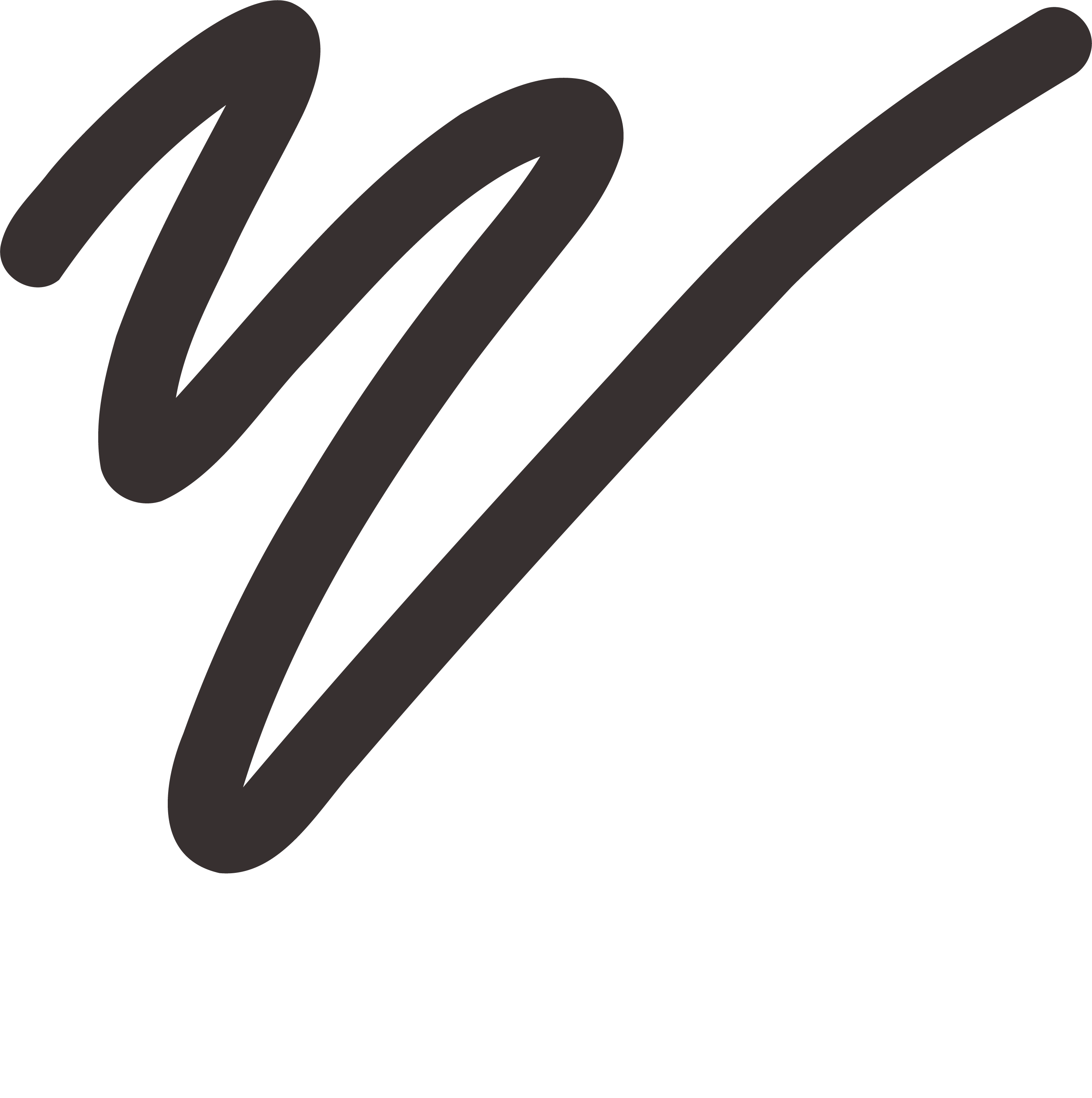Victoria McKenzie
I hope you're having a lovely day!

EASEL
TIMELINE
4 Months
ROLE
Team Lead, of team of 6
PROJECT TYPE
University Final Capstone Project
Overview
THE PROBLEM
Artists want to sell their work, and consumers want to buy local art they love BUT it is difficult to discover events and local artists specific to their taste.
OUR SOLUTION
An integrated, digital platform where artists create online profiles for art lovers to follow, as well as discover local art events tailored to user's preferences.




The Brief
Initially, we weren't given any restrictions on our brief at all. We were simply told to create a digital solution design for a problem we cared about. This meant our first challenge was to find a problem area everyone in the group resonated with, and to better understand the problems people face in this situation of use. We decided on local art. Melbourne is famous for it's art and culture, however there isn't sufficient digital support - let's change that.
Understanding our Problem Space
To better understand our problem area, we completed interviews and surveys with our target users. We then analysed this data to create personas, text scenarios, and a rich picture of our situation of use.
PRELIMINARY INTERVIEWS
16 Interviews, 8 artists, 7 consumers and 1 venue host
We interviewed both target user groups (artists and art consumers) from the local Rose Street Artist's Market, the University of Melbourne Drawing and Painting Club, Instagram Profiles as well as friends we knew. Here's what we learnt:

Artists
Market Entry Challenges: Beginner artists face significant competition, overshadowed by established artists
Desire for a Centralised Platform: Artists want a centralised hub for updates on art events, and connecting with buyers
Niche Audience and Community Building: Artists with niches struggle reaching the right audience. Platform with sections for niches could help artists grow visibility.

Consumers
Event Awareness and Discovery: Consumers are want to find art events but often miss out due to lack of advertising or targeted information on social media platforms.
Connecting with Local Artists: Consumers struggle to connect with local artists. They want more regular updates and detailed information about available artwork.
Ease of Finding Specific Art: Consumers want easier ways to find art of their specific tastes and interests, without spending excessive time browsing.
RICH PICTURE
We transferred our learnings from the interview to a rich picture, showing synergistic needs in blue and conflicting needs in red.

PERSONAS
We created personas of different abilities, conflicting needs and experience levels. Below are snippets of a persona we created, to keep in mind through the design process, alongside a corresponding storyboard.

Marcus Bradford
Art enthusiast repeat consumer with cerebal palsy
“I am an art enthusiast and love spending my free time at markets looking for inspiration. I go to the same markets over and over and love seeing new or different artists come and go, though it is sometimes hard in my wheelchair.”

Wireframes
Wireframes were the next step. Each group member separately ideated an app idea that could solve a specific part of the problem we uncovered. After crazy 8s, paper prototyping and then making lo-fidelity digital wireframes, we took these ideas back to our potential users to get feedback about the pros and cons of each. Then, we combined the best aspects of our favourite three ideas into our first full set of digital wireframes.
Below is one example of how we combined three different wireframe options from different group members into our final screen structure.
ITERATION EXAMPLE

Prototype
Next, we needed to make it look real. To test our app idea properly it was important we made it look and feel just like a real native app would. We made a mascot, standardised a visual system, and focussed on content design.
THE FIGMA PROTOTYPE
USABILITY HEURISTICS
We conducted an evaluation with our lecturers and tutors acting as experts. We discussed how our design aligned with Neilsen's Ten Usability heuristics, highlighting where we succeeded as well as where we might improve in a further iteration. Below are the two principles we deemed most influential:
USER TESTING
We also ran an evaluation with six of the potential users we initially interviewed. We gave them seven role-based scenarios and prompted specific tasks to complete, while thinking their process aloud. We also conducted a post-use survey about the app's experience, usefulness and usability. Our key findings were:
1.
Artist Customisation
Artists liked the uploading to catalogue flow and profile section, but wanted more features to connect with their customers, such as profile customisation or analytics.
2.
Tags and Filters
Users liked searching specific types of art and events using tags and filters, however suggested 'location based' searching option for events to see what you are nearest to.
3.
The Palette
The main Palette section received praise for its customisation, however some users felt it was visually overwhelming and didn't understand the categories.
4.
Navigation
Users completed almost all tasks reliably and rated the interface with high usability, though some noted certain call to action buttons were hidden, or difficult to find.
Reflections
VIABILITY
We were lucky to present our final app to a panel of UX industry specialists and received valuable feedback. I personally truly believe there is a want and need for an app like Easel in the art scene. With that said, it is not without risk. Here are some of my key questions, if we wanted to pursue Easel further.
How will Easel make money? With a core focus on beginner artists, a subscription based model is not ideal. A proposed solution could be to work in partnership and have the app sponsored for development, as a state-funded art initiative.
Who is uploading the event details? There is an underlying assumption in the app that an exhaustive list of all events magically appear, but this may require cooperation from countless event hosts which may be difficult during the apps infancy.
How might we further entice artists to adopt Easel? If a large part of the appeal for consumers is the ability to follow all their artists on one app, Easel may struggle during the transition period where not every artist has an account.
MY LEARNINGS
I was fortunate to be trusted as a Team Lead for this project by my fantastic team. I learnt immense amounts about the design process, failing fast, iterating on designs, synthesising feedback and how to focus a group towards a joint objective. It was an honour to work on a project the entire team genuinely cared about, while deepening our UX skills.


Match Between the System and the Real World
Easel was made to reflect the real world by portraying art and artists as synonymous.
We simplified the discovery by merging art and artists into a single profile - how most people view stalls at markets.

Flexibility and Efficiency of Use
Easel was made to seamlessly link events, artists attending, and their artwork.
A user can easily navigate between any one of these points to the others, allowing a flexible and efficient user experience.
